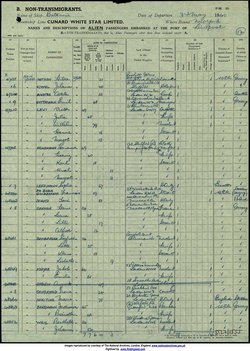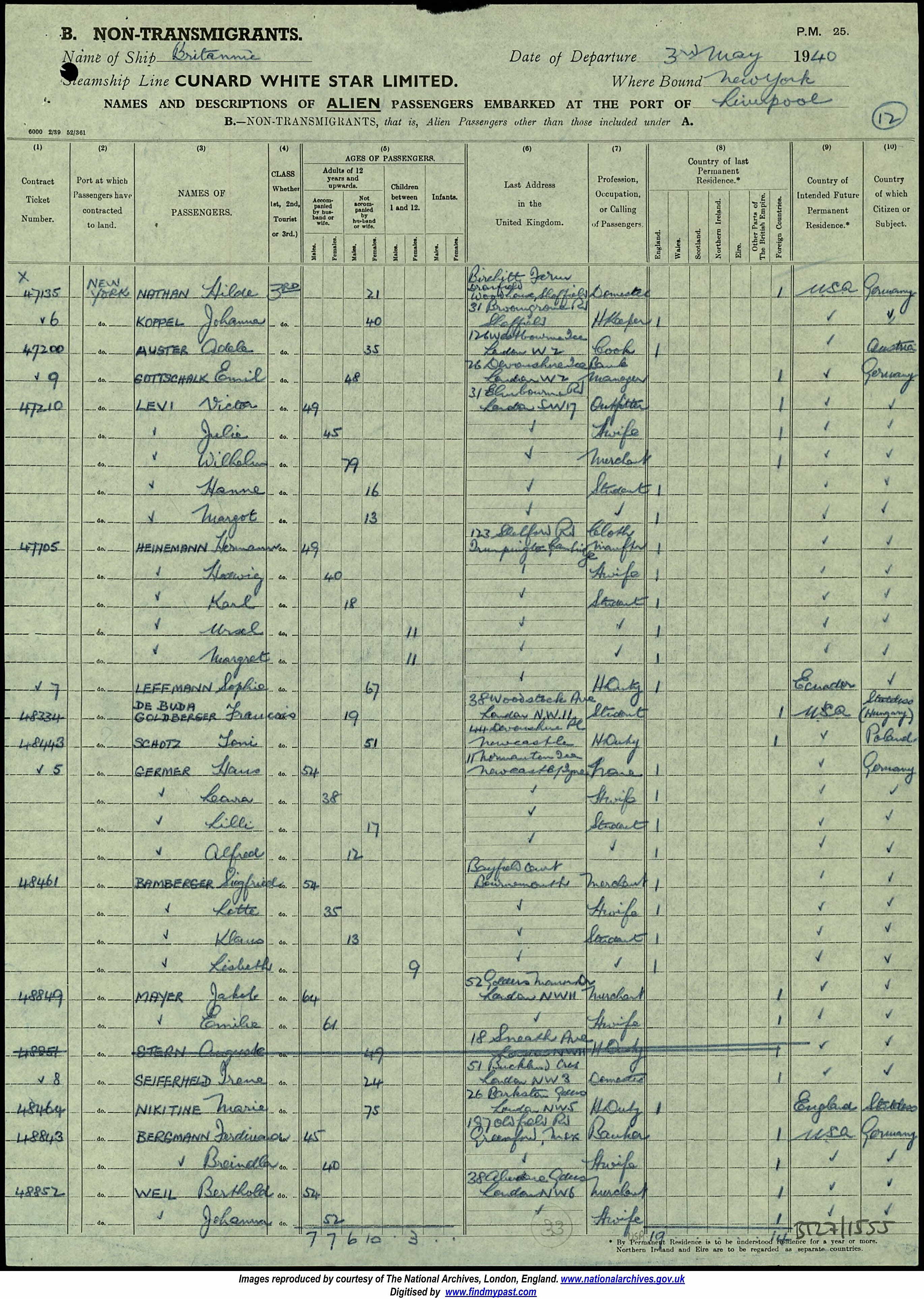***an article:
SILVER CITY—The Western New Mexico University Francis McCray Gallery will present a retrospective of the work of Francis de Buda titled "Art for Arts' Sake." The exhibit will be on display beginning Aug. 27 through Sept. 24 on weekdays from noon to 4 p.m. De Buda was born in 1920 and reared in Milan, Italy. Since his early teens he felt attracted to artists and entered a contest sponsored by the Academy of Fine Arts Berra. He became acquainted both artistically and personally with "futurists" such as Marinetti and with "modernists" such as Carra. He won prizes in various juried exhibitions in the Modern Art Institute Boccioni. Moving to London, his artwork was purchased for the Rothchild Collection. In 1940 when World War II had already broken out, he came to the United States where he married Ruth Dorfman, an art graduate from Hunter College. He painted mostly in watercolors while his wife was cutting linoleum block for the New York Graphic Society. De Buda's work was mostly in large watercolors reflecting scenes from the New York docks and rooftop views. Moving to California following a very brief stint in the Royal Canadian Armed Forces, both he and his wife remained active in the arts joining exhibits of the L.A. County Association, Art Association of Santa Barbara and Laguna Beach California Art Association. His work
received innumerable ribbons and was collected by great collectors such as John Stephens. During the 1960s to the 70s he had protracted stays in Europe, mainly in Rome, Italy and in Somerset, England as well as North Wales. During this period he also visited Egypt, the Sudan, Jordan, Syria, Israel, and Turkey. He held shows also in Jerusalem at the Artist House. He also visited South America particularly Brazil's interior. In the mid 70s he opened a studio in Taos, N.M. After the death of his wife, he later remarried to a teacher from Texas (Vivian Sasse Collard) and together they moved to Silver City. He took many art courses at WNMU from the late 80s to 1993. Then moved to Ruidoso, N.M. where his work was well represented by Tom MacMahon who had already purchased much of his work while de Buda was in Silver City. De Buda's artwork was in demand because it was different from other artists insofar as he did not follow any "school" but expressed his thoughts and feelings of the world as he felt it. These feelings were reflections of how the world represented itself to him.
In all his works, whether landscapes or abstracts, there was nothing trying to ingratiate himself with trends past and present. He did indeed believe in Art for Arts Sake. He expressed emotion, fear, pride, frustration, rebellion, and all come to the surface but were never didactic in motivation or presentation.
**
***an article:
SILVER CITY—The Western New Mexico University Francis McCray Gallery will present a retrospective of the work of Francis de Buda titled "Art for Arts' Sake." The exhibit will be on display beginning Aug. 27 through Sept. 24 on weekdays from noon to 4 p.m. De Buda was born in 1920 and reared in Milan, Italy. Since his early teens he felt attracted to artists and entered a contest sponsored by the Academy of Fine Arts Berra. He became acquainted both artistically and personally with "futurists" such as Marinetti and with "modernists" such as Carra. He won prizes in various juried exhibitions in the Modern Art Institute Boccioni. Moving to London, his artwork was purchased for the Rothchild Collection. In 1940 when World War II had already broken out, he came to the United States where he married Ruth Dorfman, an art graduate from Hunter College. He painted mostly in watercolors while his wife was cutting linoleum block for the New York Graphic Society. De Buda's work was mostly in large watercolors reflecting scenes from the New York docks and rooftop views. Moving to California following a very brief stint in the Royal Canadian Armed Forces, both he and his wife remained active in the arts joining exhibits of the L.A. County Association, Art Association of Santa Barbara and Laguna Beach California Art Association. His work
received innumerable ribbons and was collected by great collectors such as John Stephens. During the 1960s to the 70s he had protracted stays in Europe, mainly in Rome, Italy and in Somerset, England as well as North Wales. During this period he also visited Egypt, the Sudan, Jordan, Syria, Israel, and Turkey. He held shows also in Jerusalem at the Artist House. He also visited South America particularly Brazil's interior. In the mid 70s he opened a studio in Taos, N.M. After the death of his wife, he later remarried to a teacher from Texas (Vivian Sasse Collard) and together they moved to Silver City. He took many art courses at WNMU from the late 80s to 1993. Then moved to Ruidoso, N.M. where his work was well represented by Tom MacMahon who had already purchased much of his work while de Buda was in Silver City. De Buda's artwork was in demand because it was different from other artists insofar as he did not follow any "school" but expressed his thoughts and feelings of the world as he felt it. These feelings were reflections of how the world represented itself to him.
In all his works, whether landscapes or abstracts, there was nothing trying to ingratiate himself with trends past and present. He did indeed believe in Art for Arts Sake. He expressed emotion, fear, pride, frustration, rebellion, and all come to the surface but were never didactic in motivation or presentation.
**
Family Members
Sponsored by Ancestry
Advertisement
Advertisement




